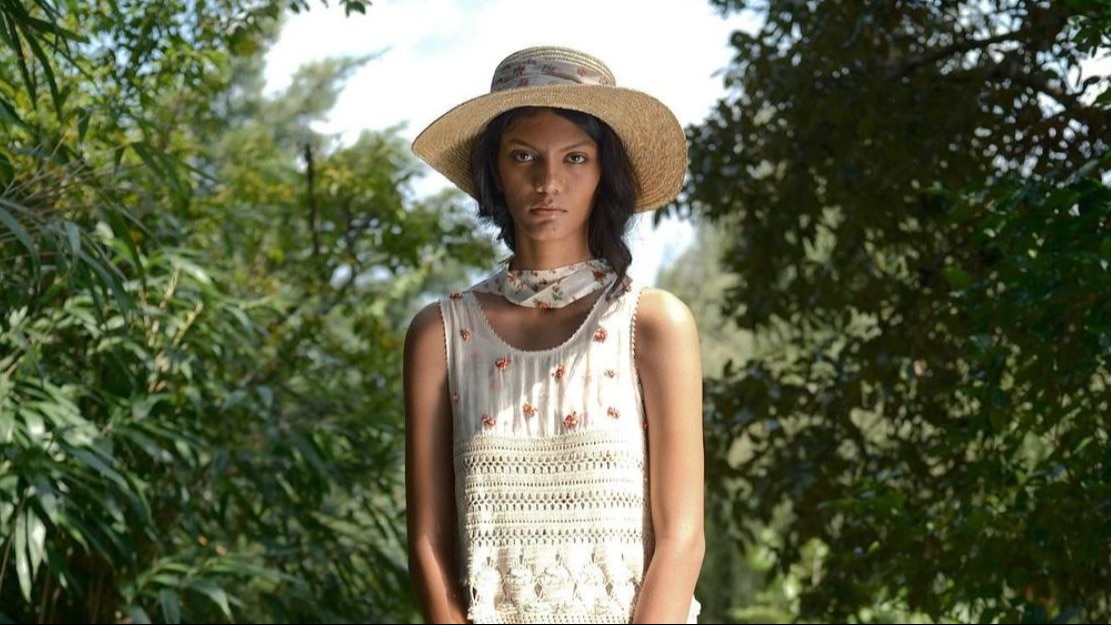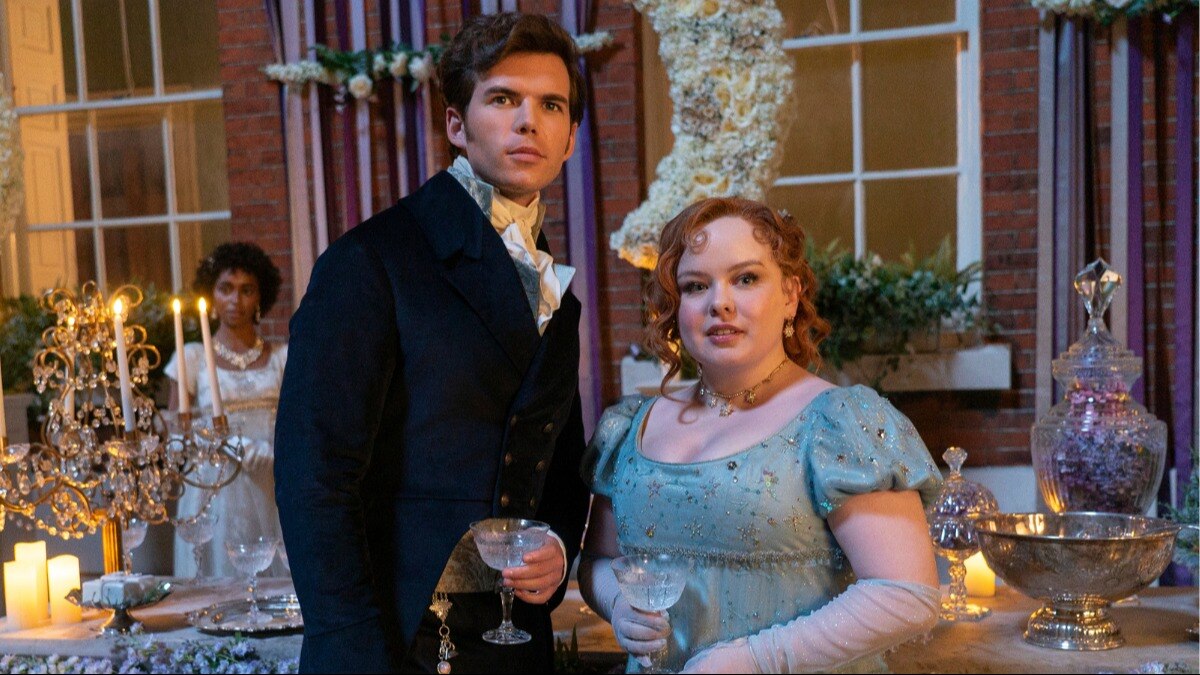
Are "What I eat in a day" videos realistic? Experts weigh in
No, you don’t need to be following them to the tee.


We’ve all seen them on our social media feeds. Videos where people share what they eat in a day—be it a hearty bowl of oatmeal topped with an assortment of fresh fruits, a plate with clearly portioned dishes like rice, chicken, and veggies, or snacks that could range from a protein bar to a square of chocolate.
The #WhatIeatinaday hashtag on Instagram has close to 900K posts, and the same hashtag has over 11.2 billion views on TikTok. Under the hashtag, you’ll find everyone from fitness influencers, vloggers, and food bloggers to celebrities sharing their day-to-day meals either in the form of a carousel post or through short reels. But the trend is not a recent one—it started on YouTube years ago, where it had the creator making either a series of such videos, or sharing “What I eat in a week” videos. Since they were on YouTube, these were in a longer format, so when they got revived on TikTok and Instagram, they translated into quicker reels that may not show the entire perspective and context.
Why are these vlogs so popular?
It all boils down to curiosity—we as humans are obsessed with what other people are doing, and if they are figures we look up to—celebs, our favourite creators, and fitness role models—then we want to know each and every moment of their lives. For instance, Harper’s Bazaar's wildly popular 'Food Diaries' series on YouTube, where stars, chefs, and models share what they eat in a day, has millions of views on each video, so do vlogs shared by A-listers like Alia Bhatt and influencers such as Komal Panday and Sejal Kumar on their personal channels.
“What I eat in a day” videos can be problematic, depending on how you view them
As long as we are viewing it as entertainment and out of good ol’ intrigue—“oh I can’t believe Florence Pugh only has eggs and coffee for breakfast!” or “who knew even Kylie Jenner can’t resist the pull of cheesy Mexican food”, then there is not much harm done. But when they are seen as the end-all be-all—“Kiara Advani only has ragi rotis, so I must, too, in order to look like her”, it’s concerning.
Even on other social media platforms like Instagram and TikTok, the trend began as a way to share meal prep ideas and as a well to draw recipe inspiration from, but soon got a dietary or ‘fitness’ tag attached to it. Now, most of the posts under the “what I eat in a day” hashtag are about ‘healthy’ eating. And the moment these veer into nutritional advice and become a source of dietary guidance for those looking to adopt a new lifestyle or lose weight, they get tricky if not made by professionals.
Anaheez Patel, who’s a certified nutrition coach and fitness influencer, explains, “While these videos may be great reference points (when coming from a credible, trusted influencer who actually eats right), the trouble begins when people try to ape them meal for meal. Food is a major part of our day, and one should stick to making clever tweaks within existing meals that are easily available. You cannot sustainably go from eating poha for breakfast to eating poached eggs overnight.”
Sanjyot Keer, chef and founder of Your Food Lab, agrees that it’s important to not take everything at face value. As a content creator himself, he explains that it is all about the mindset the creator is approaching the video with—whether it’s to add value to the viewer or to hop onto a trend in hopes of going viral. “It depends on what kind of content it is, who the content creator is, and what the actual thought behind making that video is. I see no harm in making such videos—if it is doing justice to the topic, why not?” he says.
They don’t paint a complete or realistic picture of one’s diet
The truth is, no one eats the same set of meals every day, each week. And that is what these videos, which offer a very tiny window into someone’s eating patterns, fail to convey. They make the viewers believe that one size fits all when it comes to diets—but it doesn’t.
Keer elaborates, “You won't get a complete picture of one's diet from just a video because that is just one day. You need to have a variety of food and nutrients in your meals. At most, you get to see what that person likes to eat in a day and you cannot get inspired and build your diet according to it. Plus, everybody's body type is different and everybody's needs are different."
He also points out that sometimes the videos also have the possibility of being made-up, so it can be difficult to glean what’s real and what’s for entertainment purposes. Patel also believes that who is making the video is important. “It depends on the source and the influencer's credibility. More often than not, they are unrealistic. More spews, more views. However, it’s important to note that there are a lot of influencers who are actually doing a great job as well—so let's applaud them,” she says.
They might be promoting impractical diets
When simple accounts of food eaten in a day are paired with unreliable information, and calorie counts for specific meals that you may not be even able to recreate in your own kitchen, it can perpetrate an extremely distorted view of what one should eat to stay healthy.
It’s important to understand while watching these clips that the recipes or meals shown in the video might not be the best for you, and it’s fine. Patel says, “If your 'diet' is not something you see yourself successfully sticking to for the rest of your life, it is not for you. Short-term, goal-oriented changes in eating patterns are okay for athletes but should not be normalised for the common man.”
Keer says that the narrative is important. “If the video conveys that what I'm eating is good and this is something that you should eat, then it’s incorrect. But if it’s just a “this is what I'm eating today” and there's no diet plan being promoted, then it’s totally fine. Although, if a nutritionist or a chef is making this video, then it makes sense because they would have the expertise.”
The takeaway—eat what works for you, and when in doubt, consult a professional
So, how should your diet look like, if not the same as your favourite influencer or a random stranger on the internet?
Patel says adding protein is a good way to start. “Lead with protein, always. They should satiate you and the rest of your meal could consist of complex carbohydrates, fibrous carbs like veggies, and good fats. I love to see a balanced plate with lots of colours.”
Keer says that sometimes leaving it to the experts is best. “I feel that while these videos are great to watch, if you want to make changes in your diet, you need to go to a nutritionist for consultation.”
And if you’re wondering if calorie counting or minutely monitoring your meal is the only way to get fitter, as so many of these videos seem to say, then the answer is no, especially if you’re not a professional athlete. Patel elaborates, “A person who has no knowledge whatsoever about portion sizes could track for a week or two—just to understand the caloric level they are eating at and the subsequent changes to one's body. But after that, visual assessment is the way forward—it would be bizarre to walk into a restaurant with a food scale, right?” she wraps up.
Lead image: Sharaddha Kapoor/Instagram









